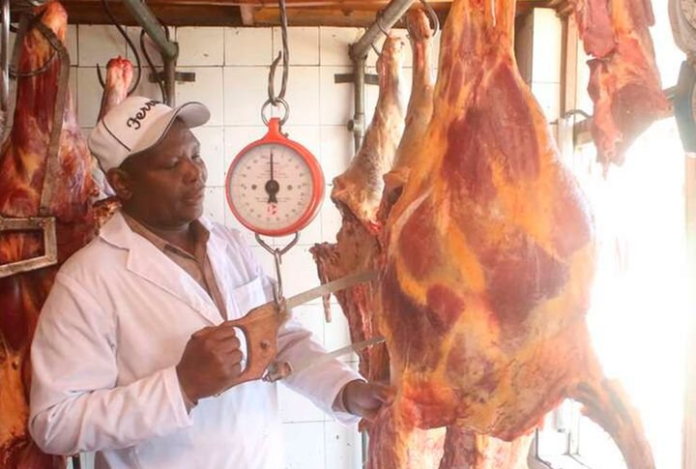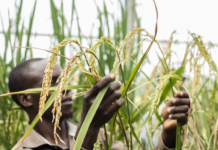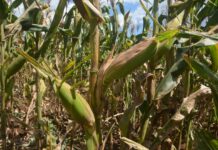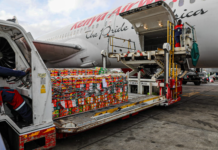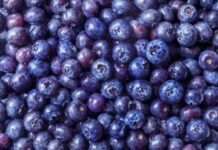By: Paul Makube, Senior Agricultural Economist, FNB Commercial
Meat was the biggest driver of food inflation after surging to a 25-month high of 6.6% y/y and monthly up by 2.2% m/m in June 2025.
The disease-induced supply constraints underpinned the upswing in meat prices in the past three months.
The foot and-mouth (FMD) disease outbreak created a short supply crunch due to the inability to slaughter livestock mainly cattle, while the earlier ban on Brazilian chicken imports due to bird flu outbreak caused panic in the market as it is the major source of mechanically deboned meat (MDM) which is used in manufacturing of products such as polony, etc. SA is a net importer of MDM due to lack of domestic capacity.
Nonetheless, South Africa has since partially lifted the Brazilian chicken import ban which should ease pressure on prices in the medium term. While the FMD situation remains sticky with new outbreaks reported in the Free State and persisting in KZN, recent developments are that slaughtering has resumed in major feedlots with producer prices already “off the boil” early in July 2025.
South Africa’s food inflation edged higher to 3% y/y in June 2025 relative to May’s 2.8% y/y underpinned by gain in the core items and food and non-alcoholic beverages (FNAB) but still came below expectations of a 3.1% spike.
Our analysis of the FNAB shows a 0.3 percentage point jump from the May level to 5.1% y/y in June. The food sub-index rose by the same margin from the previous month to 4.7% y/y choked by meat. However, monthly, food inflation slowed from 1.2% m/m in May to 0.7% m/m in June 2025 led by the fruits and nuts subcategory which decline for the fourth consecutive month to -2.4% m/m.
In terms of the food inflation outlook, downside risks include a persistent rand exchange rate appreciation, weak international crude oil prices, bulging global grains stocks outlook (+586 million tons) and the consequent downside pressure on prices, as well as the potential recovery in livestock slaughter rates if the FMD situation dissipates further.


